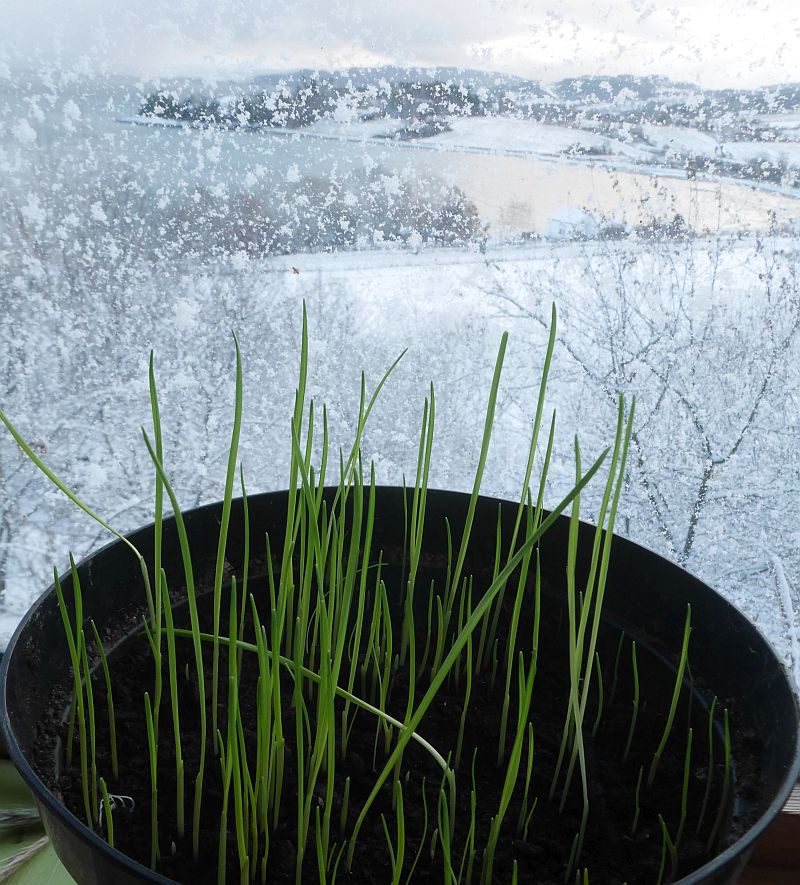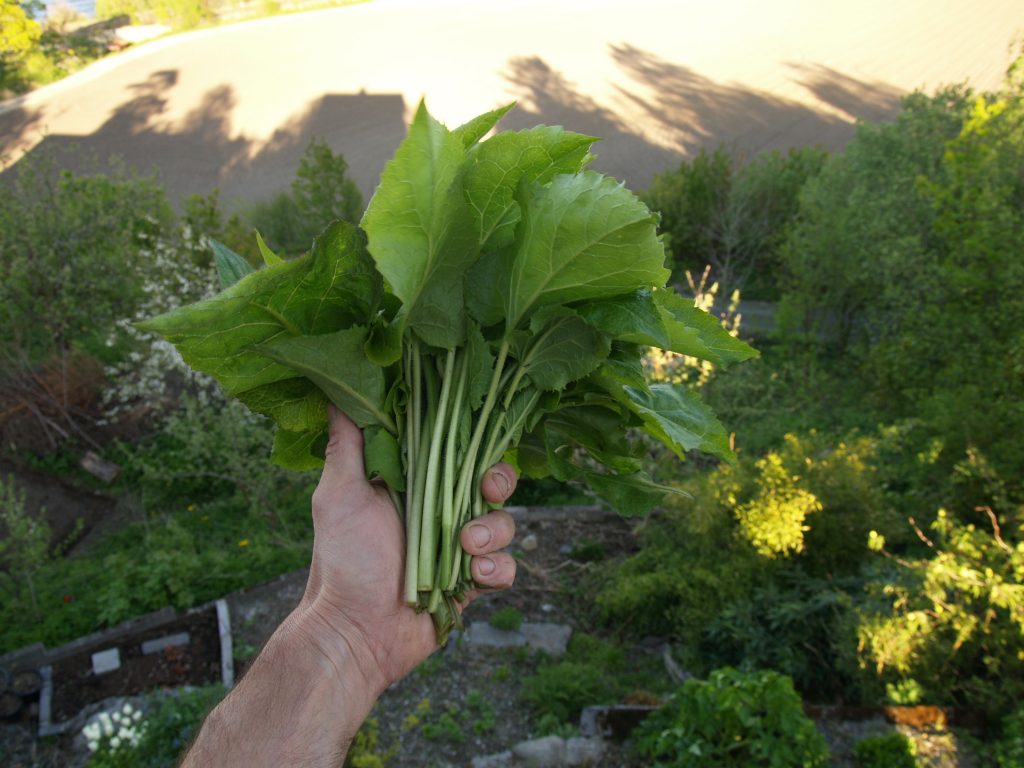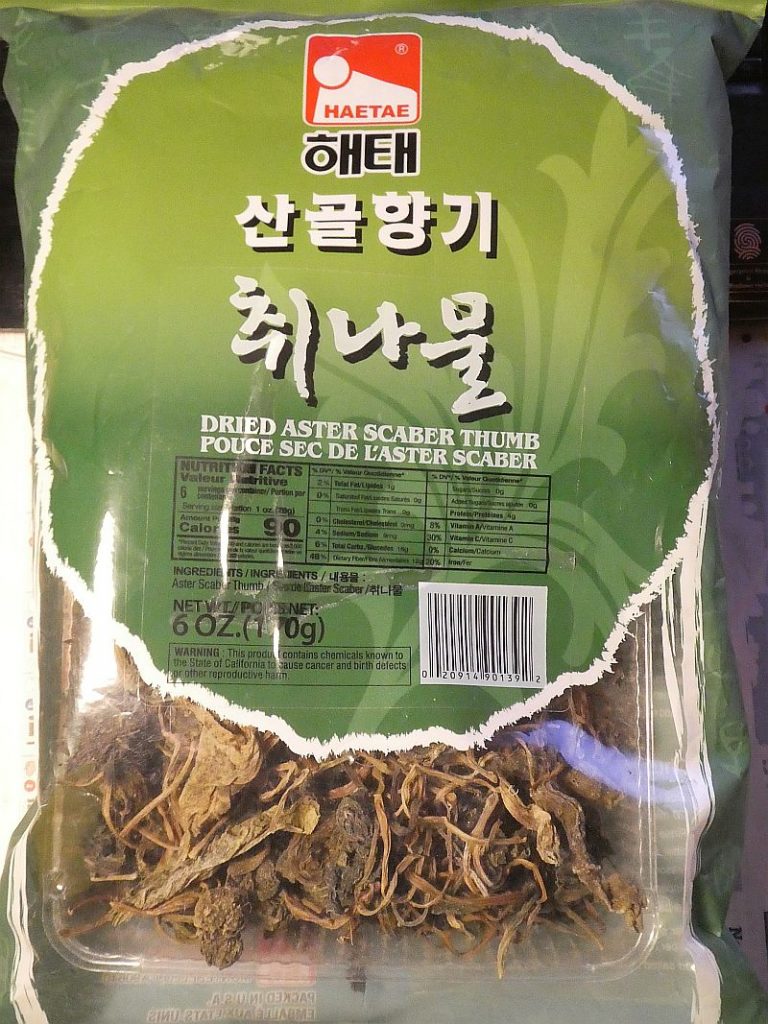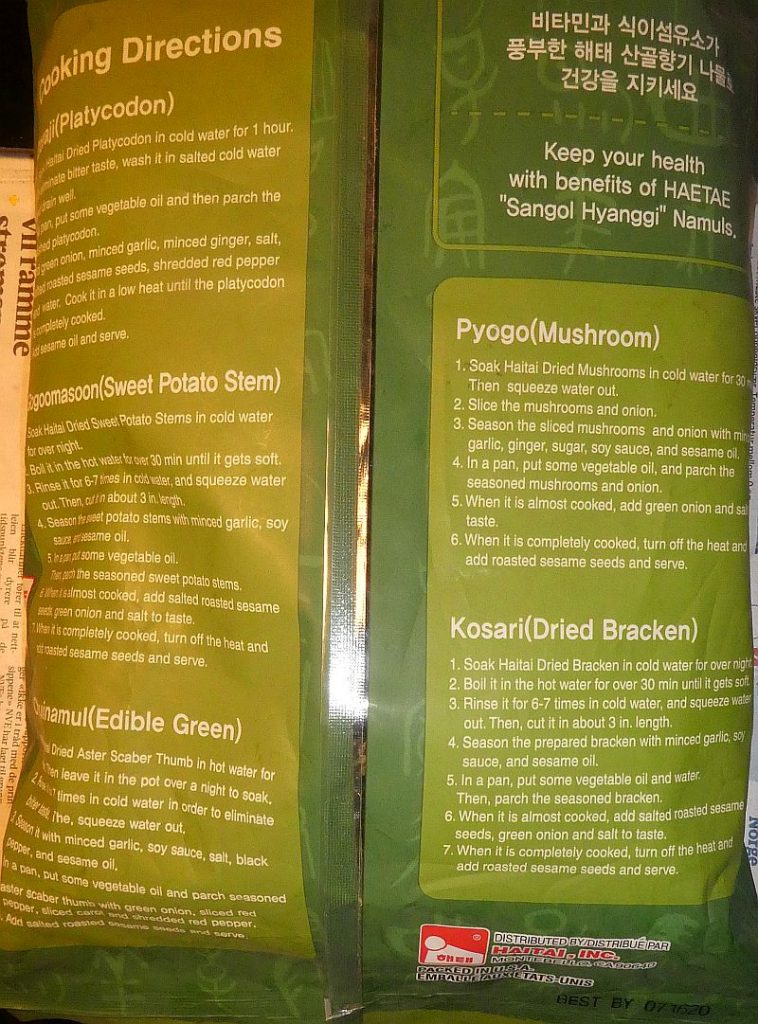
The first winter shoots


This week, I harvested both yacon (grown in large pots and brought inside before the first frosts to grow on) and its close relative Jerusalem artichoke (sunchoke), one of our best varieties Dagnøytral (aka Dayneutral , Stampede and Bianca) and the best Canadian variety in trials at Sørbråten farm near Oslo.
The pitter patter of birch seed bracts (or scales) as you can hear at the beginning of the video can only mean one thing here, a large flock of siskins / grønnsisik (or sometimes redpolls / gråsisik) at the top of this birch tree creating a shower of debris from the bird’s feeding! However, they ARE silent when dining!
There are many bramblings (bjørkefink) in the garden at the moment and yesterday I noticed them eating nettle seed for the first time! I’ve previously recorded bullfinches (dompap) on nettles. So, yet another of many reasons to have a large patch of nettles in the garden in view of the house: others include nutritious food for us, nettle water fertiliser, fibre, food for butterfly larvae…
This gives me an idea! Next year I’ll gather nettle seed outside the garden and put it on the bird feeder. Try to reduce the huge amounts of bird seed that are bought every year by providing as much natural food as possible! Bird seed is produced in large monocultures (mostly non-organically). I wonder how many birds are displaced or killed in the process?
This week, I also harvested horseradish (pepperrot) roots. Some will be ground to be used fresh, usually with lunch and some will be forced in the dark later in the winter for the delicious blanched shoots using a similar method to that described yesterday for dandelions (see http://www.edimentals.com/blog/?p=23997)


The weather was a bit milder over the last few days, thawing sufficiently so that I could crowbar dandelion roots from the frozen soil and pot them up ready for winter forcing which will give a never ending supply of delicious, nutritious midwinter greens for free later in the winter (just a little effort)!
Just:
1. Dig up the roots
2. Remove (and eat) any green leaves
3. Plant the roots in soil up to the crown and then cover the crowns in a couple of centimetres of clean sand (I use buckets)
4. Store in the coolest place possible to keep them dormant (it could also be outside if you don’t have a root cellar)
5. Move to a warmer place ( a cool room works well) a couple of weeks before you need the shoots (keep dark if you want delicious blanched shoots)
(This is the same method you can use for forcing chicory, but to my mind dandelions are even tastier and they sow themselves….and all you have to do is NOT to weed and harvest instead!)
One of my favourite perennial vegetables and a fantastic edimental is Aster scaber (nowadays Doellengeria scabra), here harvested in spring in my garden:

In September, in a farmer’s market in Atlanta, Georgia I found packets of dried Aster scaber leaves (I had searched unsuccessfully for chwinamul in other Korean supermarkets, but hadn’t found it before):

On the front of the packet is a WARNING: This product contains chemicals known to the State of California to cause cancer and birth defects or other reproductive harm!

On the other hand, on the back of the packet it says: “Keep your health with benefits of HAETAE Sangol Hyanggi Namuls”

Is the reason for the cancer warning on the packet due to the fact that the same packet is used for a range of dried vegetables and shiitake mushrooms (namul), including bracken fern which contains a carcinogen, ptaquiloside (however, it is both water-soluble and is destroyed by heat )

I was also surprised to read what would seem to be the excessive pre-preparation by boiling for 20 mins., followed by a soak overnight and then rinsing 7 times, to remove the bitterness. I’ve never detected bitterness and have understood it’s also used in salads. I wonder also why they are known as “thumbs”?

As two years ago, large numbers of bramblings (bjørkefink) are overwintering here. This is probably related to it being a beech mast year (bøkefrø). There’s a large copper beech in the neighbour’s garden and it was full of mast. No surprise then that there’s a flock of up to 20 bramblings in the garden:
A first for my garden and something I hadn’t thought was possible until a couple of years ago. I harvested black onion seed for the first time this autumn.

These are the seeds of Nigella sativa (also known as black caraway, black cumin, nigella, kalojeere, siyah daneh or kalonji; Norwegian: legesvartkarve / svartfrø) are probably best known in Western Europe as a spice used in particular on Indian naan bread. It’s also ground as part of a 5-seed spice mix (panch phoron) used in Bangladesh, Eastern India and Nepal, together with fenugreek, nigella, cumin, black mustard and fennel in about equal parts. They are also used in the Middle East, for example in Armenian String Cheese (see https://www.google.com/search?q=armenian+string+cheese+with+nigella+seeds) and, in Palestine, the seeds are ground into qizha paste, first soaked in salt water overnight, then roasted in an oven, and dried in the sun before grinding!
I tried growing Nigella sativa in 2008 when I still had a greenhouse. I germinated seed in a spice packet, but even in the greenhouse there was no yield. Then two years ago, a member of KVANN (Norwegian Seed Savers), Hildur Hauksdóttir of the Domkirkodden Herb Garden in Hamar, Norway offered seed of Nigella sativa through our yearbook! She reported that they grew well in Hamar (which is a little north of Oslo).
I obtained seed from Hildur and, now, have harvested seed for the first time outside without protection although they were started indoors.!
There a reportedly some 22 known varieties in India, the second biggest producer (6 mill. ha), behind Turkey at 8 mill. ha. (a small amount is grown in the US).
I guess Hildur’s seed were a hardier variety than the seed I used in the past and I will now offer these to other members of KVANN!




Thanks to everyone for supporting me on the perennial edible adventure I’ve been on since my little story was published 5 years ago today!
It’s not too late to be included in my gallery of #ATWselfies either!
Please send me your picture and you’ll be added! You will be showing support of a very good cause: the conservation of the amazing diversity of food plants and their related traditions Around the World. See the album of #ATW Selfies below and also on FB here: https://www.facebook.com/stephen.barstow.7/media_set?set=a.10157331181205860 and previously on this blog at http://www.edimentals.com/blog/?p=466
And it’s always nice when your peers say nice things about your creation….here Joe Hollis of Mountain Gardens :) (I was sitting there though!)
Isaac John Koblentz (see his #ATWselfie) was one of 3 guys who travelled all the way from northern Ohio for the joint walk and talk I did with Joe Hollis at Mountain Gardens (North Carolina) in fall 2019! Here they tell a little bit about each other! Thanks so much for coming!